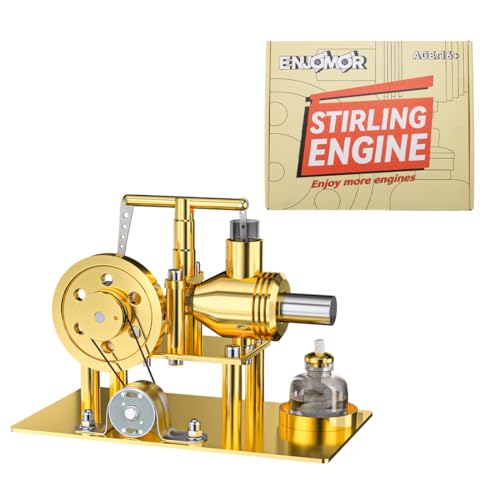Phosphorus is used as an additive to greatly increase fluidity of gray iron, and the art-iron folks that I know use old radiators exclusively for scrap.
The old books mention that iron with phosphorus should be avoided for engine work, but I read about someone casting a V-8 model engine block using radiator iron (if I remember correctly), and I have not heard of him having problems with the metal being brittle and cracking.
There are levels of phosphorus too.
It may be that the scrap you used had phosphorus in it, and so could have excellent fluidity, even on the lower end of acceptable pour temperatures.
I am pondering using radiator iron for the proposed ball hopper castings, since they are very thin, such as the water hopper.
The water hopper is a non-structural element anyway.
And it may be possible to alloy radiator iron with Class 40 scrap, and get improved fluidity without getting too high a percentage of phosphorus.
There is a spiral test that I think 100model has tried, and you can measure the fluidity of the iron by how many times it travels around a long spiral in the mold.
It will be interesting to see what sort of results you get.
Keep us posted.
.



























![DreamPlan Home Design and Landscaping Software Free for Windows [PC Download]](https://m.media-amazon.com/images/I/51kvZH2dVLL._SL500_.jpg)





![MeshMagic 3D Free 3D Modeling Software [Download]](https://m.media-amazon.com/images/I/B1U+p8ewjGS._SL500_.png)



























![Learning AutoCAD Civil 3D 2014 [Online Code]](https://m.media-amazon.com/images/I/51F3yi9fokL._SL500_.jpg)













